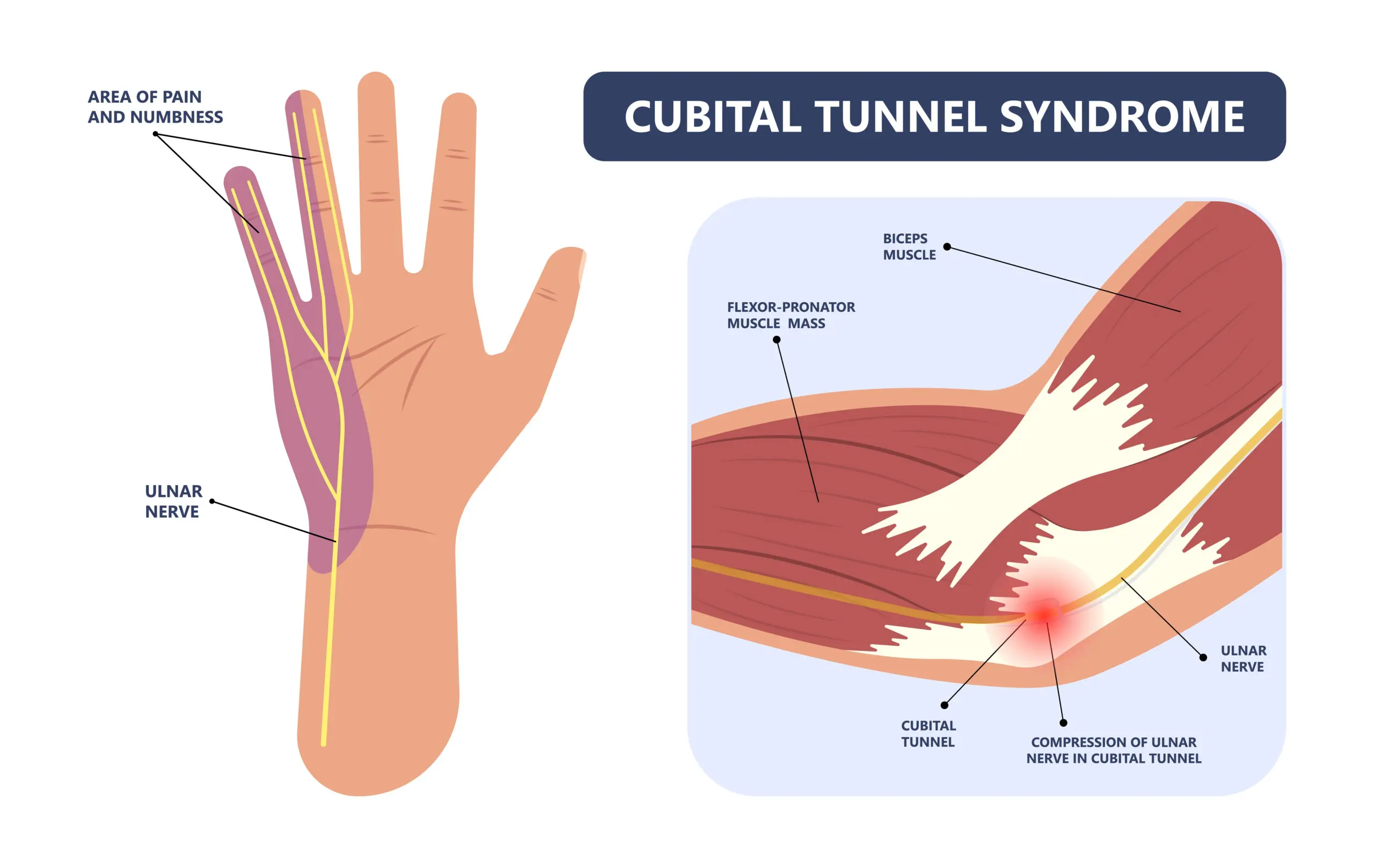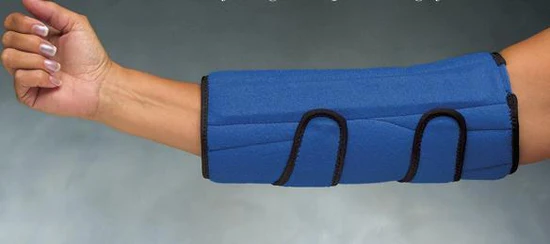Cubital Tunnel Syndrome: Causes, Symptoms, and Treatment
Learn about Cubital Tunnel Syndrome, including its causes, symptoms, and treatment options. Find out how to manage ulnar nerve compression and prevent further nerve damage.
Content:
Cubital Tunnel Syndrome: Causes, Symptoms, and Treatment
Cubital tunnel syndrome is a condition that affects the ulnar nerve as it passes through the cubital tunnel, a narrow passageway on the inside of the elbow. The ulnar nerve is one of the major nerves in the arm and is responsible for providing sensation and controlling the muscles of the forearm and hand.
Causes of Cubital Tunnel Syndrome
CTS occurs when there is compression or irritation of the ulnar nerve at the cubital tunnel. This can happen due to various reasons, such as:
- Prolonged or Repetitive Bending of the Elbow: Activities that involve frequent bending of the elbow, like leaning on the elbow for extended periods or repetitive elbow movements, can put pressure on the ulnar nerve.
- Direct Pressure on the Elbow: Resting the elbow on hard surfaces or using tools that press on the inside of the elbow can compress the nerve.
- Anatomical Factors: Some individuals may have a naturally smaller cubital tunnel or variations in the way the ulnar nerve passes through the tunnel, making them more prone to compression.
- Injury or Trauma: A direct blow to the elbow or fractures in the area can lead to nerve compression.
Symptoms of Cubital Tunnel Syndrome
The symptoms of cubital tunnel syndrome can vary in severity and may include:
- Numbness and Tingling: Typically felt in the ring finger and little finger.
- Weakness: You may experience weakness in your grip or difficulty with fine motor skills, like buttoning a shirt or typing.
- Shooting Pain: Pain may radiate from the inside of the elbow to the forearm and hand.
- Sensitivity: The ulnar nerve compression can make your elbow and inner forearm sensitive to touch.
- Muscle Wasting: In severe cases or if left untreated for a long time, muscle wasting may occur in the hand.
Treatment Options for Cubital Tunnel Syndrome
Treatment options for cubital tunnel syndrome may include:
- Rest and Activity Modification: Avoid activities that worsen symptoms and give the elbow time to heal.
- Immobilization: Using a splint or brace to keep the elbow in a neutral position and reduce pressure on the nerve.
- Hand Therapy: Soft tissue massage, ulnar nerve gliding exercises, and elbow splints to rest the elbow in extension are quite effective in treating cubital tunnel syndrome.
- Medications: Nonsteroidal anti-inflammatory drugs (NSAIDs) may be prescribed to reduce inflammation and alleviate pain.
- Corticosteroid Injections: In some cases, injections of corticosteroids around the ulnar nerve can help reduce inflammation and relieve symptoms.
- Surgical Intervention: If conservative treatments don't provide relief or the condition is severe, a surgical procedure called cubital tunnel release may be recommended. This surgery involves creating more space for the nerve by releasing the structures compressing it.
Early diagnosis and appropriate management are essential to prevent further nerve damage and improve the chances of recovery. Please contact your hand therapist or medical professional for evaluation.


